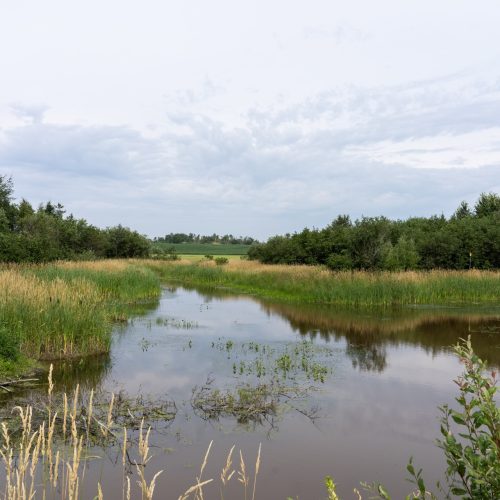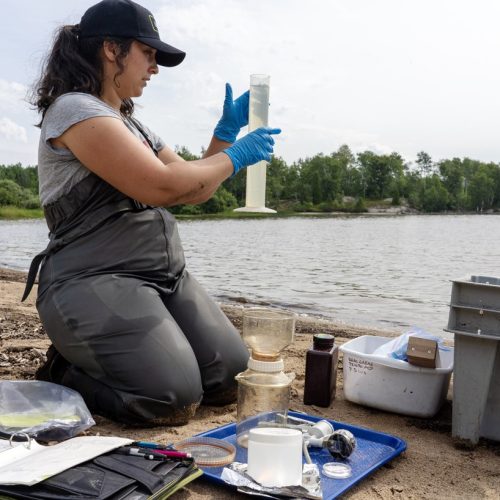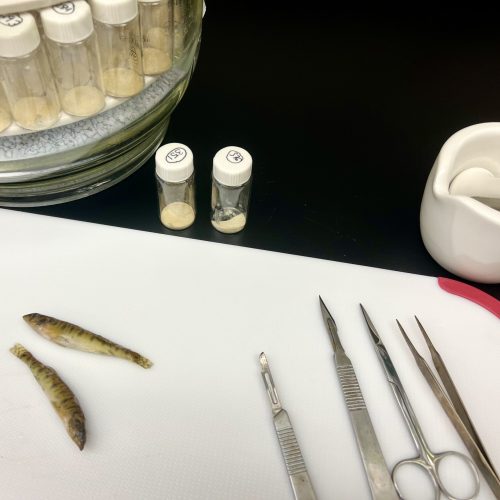
Factors influencing the structure and productivity of forage fish communities in the riparian wetlands of Lac-St-Jean
Research summary
Wetlands (marshes, swamps, ponds, etc.) are areas in which the vegetation and soil characteristics are influenced particularly by permanent or quasi-permanent water saturation. The physicochemical characteristics of these zones allow them to have important ecological functions, given their rich and productive ecosystems. In particular, wetlands are key habitats for numerous organisms and play a role in filtering and regulating water flow. Globally, however, the surface area of wetlands is shrinking, mainly because of human activity (e.g., urbanization, intensive agriculture, forestry).
Forage fish species (cyprinids, young catostomids and yellow perch) covet these wetlands for shelter, food and reproduction. These fish species are particularly important in aquatic food webs, as they represent the small fish (juveniles and adults) on which piscivorous fish feed. The latter (northern pike, walleye, landlocked salmon) are prized for recreational fishing. In recent years, however, the state of forage fish in Lac-Saint-Jean has become a growing concern.
This master’s project aims to estimate the impact of environmental variables (water quality and habitat type) and anthropogenic pressure in watersheds on the structure of forage fish communities. The collected samples will also help establish the origin of the organic matter that supports forage fish populations. Identifying the components of aquatic grass beds that influence forage fish productivity will enable us to manage and preserve ecosystem productivity and maintain greater biodiversity.
The study will focus on ten sites around Lac Saint-Jean selected on the basis of their morphological characteristics and the extent of the surrounding anthropogenic pressure. These wetlands will be characterized by analyzing certain physicochemical parameters (e.g., temperature, turbidity, conductivity, nitrate levels) and the level of eutrophication.
The use of a shoreline seine will provide a quantitative and qualitative measure of forage fish communities. Measuring stable carbon and nitrogen isotopes in forage fish, their prey and fish fatty acids will establish the sources and quality of the organic matter supporting the food web in these environments.
This project is being conducted in collaboration with Karine Gagnon of the Ministère de l’Environnement, de la Lutte contre les changements climatiques, de la Faune et des Parcs.
This project was the subject of a field photo essay by the Boreal Research Centre (Centre de recherche sur la boréalie – CREB).
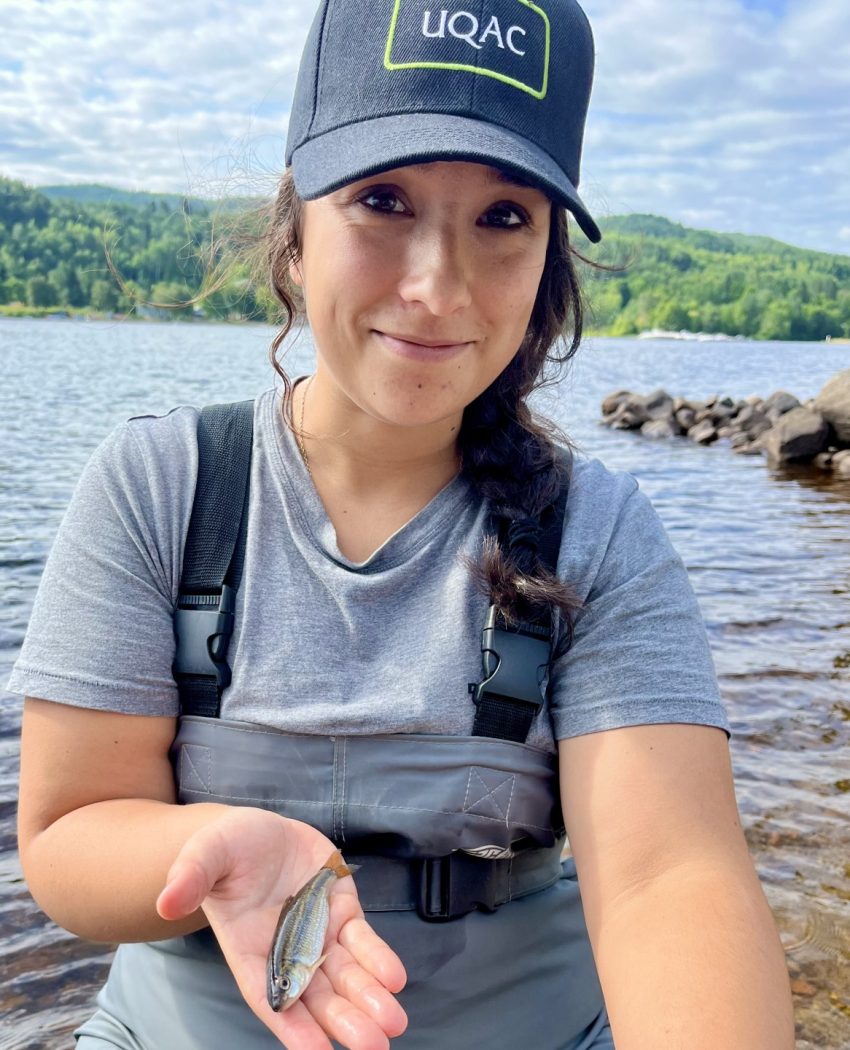
Master’s candidate in Renewable resources at Université du Québec à Chicoutimi

Professor, Department of Fundamental Sciences, Université du Québec à Chicoutimi
Co-Holder of the Chair for Research on Exploited Aquatic Species
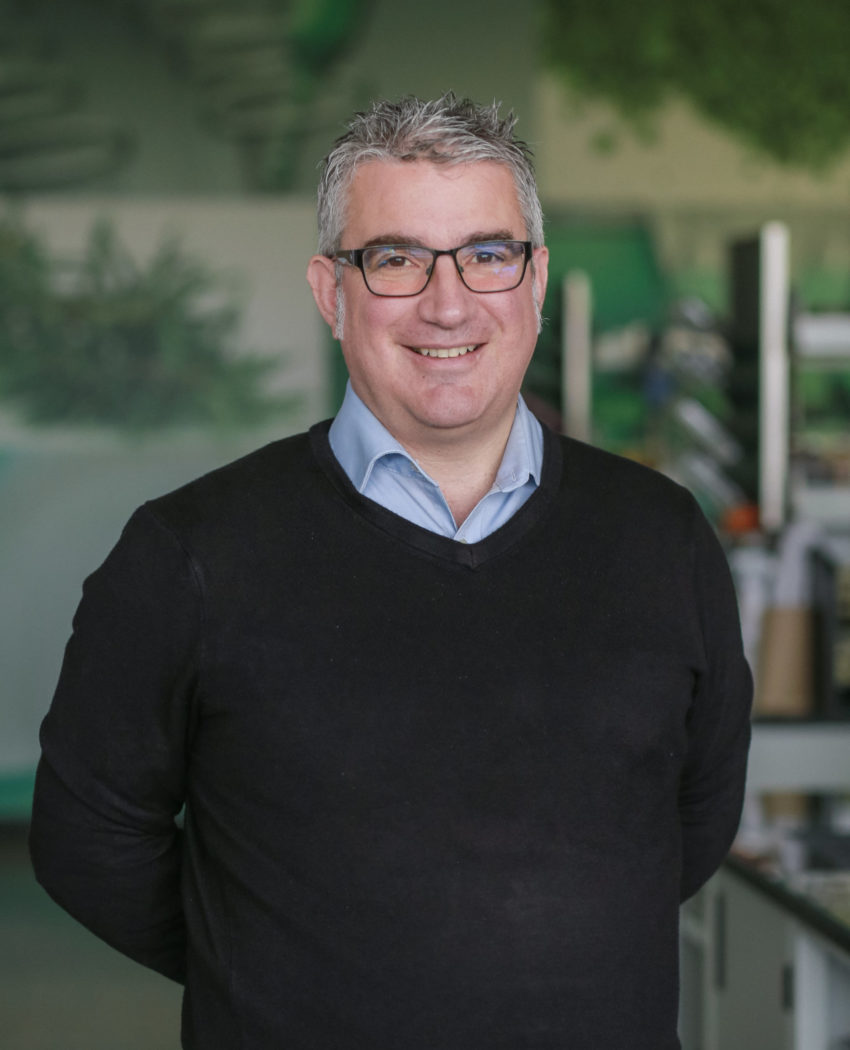
Professor, Department of Fundamental Sciences, Université du Québec à Chicoutimi
Director of the Chair for Research on Exploited Aquatic Species
